Ophthalmology
Last Update Date: 9/15/2025 4:31:05 PM
The branch of medicine that deals with the diagnosis, treatment and management of diseases related to your eyes is called ophthalmology. This branch is also known as ophthalmology. Physicians who specialize in this field can perform many procedures such as examinations, imaging tests and surgical interventions related to eye diseases.
What Diseases Does Eye Diseases Treat?
The Eye Diseases department deals with the diagnosis, treatment and management of many diseases related to eye health. Here are some common diseases that Eye Diseases focuses on:
Refractive Errors:
Myopia (Distance Glasses): Difficulty seeing up close.
Hyperopia (Near Glasses): Difficulty seeing up close.
Astigmatism: Problems focusing images.
Cataract: Opacity of the natural lens inside the eye.
Glaucoma: A group of eye diseases that affect the optic nerve due to increased intraocular pressure inside the eye.
Macular Degeneration: Damage to the macula, the central region of the retina.
Retinal Problems:
Retinal Tears and Deltas: (Tearing and separation of the retinal layer) and Diabetic Retinopathy (Effects of diabetes on the retina)
Cornea Diseases: Keratoconus (Conical shape of the cornea) and Corneal Ulcers (Infections on the corneal surface)
Eye Infections: Conjunctivitis (Eye Inflammation: Inflammation of the eye surface) and Keratitis: Conditions such as corneal infections
Eye Tumors: Formation of cancerous or benign tumors in or around the eye.
Congenital Eye Anomalies: Eye problems that come from birth.
Uveitis: Inflammation of the inner layers of the eye.
Strabismus (Crossed Eye): The condition in which the eyes cannot look in the same direction at the same time.
Eye Complications Due to Diabetes: Diabetic Retinopathy: Effects of diabetes on the retina.
Eye Muscle Diseases: Conditions that affect the coordination of the eye muscles.
In which cases should you definitely see an eye doctor?
- Decreased vision (even for a short time)
- Floaters in front of the eyes (black dots, spots, spots)
- Flashing lights in the eyes
- Foggy vision
- Seeing colored rings around lights
- A feeling of pain in the eye and around the eyes
- Redness in the skin around the eyes and in the eyes
- Swelling and watering in the eyes
- One or both eyes bulging forward, popping out
- Eye squint, strabismus
- Double vision
- Diabetes
- High blood pressure, atherosclerosis
- Kidney disease
- Having any eye disease in the family
Liv Hospital Eye Diseases
Our hospital offers effective and high-quality service in eye diseases, as in every field, with its state-of-the-art equipment and expert staff. Our clinic provides multidisciplinary service in many areas from cataract surgeries to refractive surgery, from keratoconus disease to eye contour aesthetics with world-class technical equipment and expert staff. We guarantee patient satisfaction by applying comfortable and competent treatments for our patients with pioneering technologies such as OptiLASIK. Here are some reasons to make an appointment from Liv Hospital for the eye diseases department.
A First in Turkey: OptiLASIK
Thanks to the OptiLASIK system applied for the first time in Turkey at Liv Hospital Eye Diseases Clinic, glasses and contact lenses are no longer a problem. The system, which is a combination of two devices called WaveLight EX500 Excimer Laser and Wavelight FS200 Femtosecond Laser, provides an extremely fast, safe and absolutely painless solution to eye defects. With the device that can create a flap in 6 seconds, all procedures are performed without using a blade. Since the treatment is determined according to the person's needs, no standard method is used for anyone. Due to the feature of the excimer laser device, the V-Front Optimized Method is used in the clinic. With this technique, while visual clarity is provided after the surgery, the original structure and anatomy of the eye are not damaged; its natural structure is preserved 100 percent.
High Patient Comfort with Excimer Laser
Excimer laser, the most common method applied all over the world in the treatment of common eye diseases such as myopia, hyperopia and astigmatism, is successfully applied in our clinic. In the clinic, detailed eye examinations and tests are performed to determine the degree of suitability of patients applying for laser surgery. All surface lifting operations are performed with laser in the Eye Health Clinic for myopia, hyperopia and astigmatism problems. Our clinic offers different surface laser and intraocular lens options to patients whose eyes are not suitable for laser. Sutureless vitrectomy surgeries are performed in our clinic with minimally invasive surgery technique. This technique provides faster and scar-free wound healing, high patient comfort and fast surgery.
Latest Technological Methods in Cornea Transplantation
The cornea or transparent layer is located in front of the colored layer of the eye and is the most important lens of the eye. Vision loss in corneal diseases can be permanent. Therefore, diagnosis and treatment of corneal diseases are important for eye health. In Liv Hospital Eye Diseases Clinic, corneal diseases are successfully treated by experienced specialist physicians with medication or laser or corneal transplantation. Corneal transplant surgeries are performed by specialist ophthalmologists with state-of-the-art devices.
Superior Success in Retinal Damage
In Liv Hospital Eye Diseases Clinic, many surgical and medical retina patients are served with special devices. In our clinic, surgical treatments of retinal tears and detachment, eye traumas, macular diseases, and vascular diseases are successfully performed by specialist physicians. Due to its success in the diagnosis and treatment of many important diseases affecting the retina, the clinic is preferred by many retina patients both domestically and abroad. In our clinic, age-related macular degeneration, diabetic retinopathy, retinal vascular occlusion and premature retinopathy, also known as macular degeneration, which can be treated with laser and needles and do not require surgical intervention, are also successfully treated in retinal diseases.
Needle-free, painless cataract surgery
The only treatment for cataracts, which occur when the lens of the eye loses its transparency and becomes opaque, is surgery. If another eye disease is detected during cataract surgery (Far-Near-Astigmatism), these diseases are also treated with the same surgery.
Modern Treatment Methods in Keratoconus
In our clinic; keratoconus, which is a disease caused by the thinning and sharpening of the cornea together with myopia and astigmatism, is diagnosed early and preventive treatments are applied to prevent its progression and surgeries aimed at clarifying the level of vision. Other problems that develop with keratoconus are also treated with intraocular lenses and contact lenses.
Preventive Treatment with Early Diagnosis
Thanks to early diagnosis, more serious problems can be prevented in the future with preventive and preventive treatments. Radiographs are used for diagnosis during patient examinations. Radiographs taken from the mouth, teeth and jaw area are intended to detect and evaluate pathologies or anomalies. In light of this information, an individualized treatment plan is prepared and patients are referred to relevant specialist physicians.














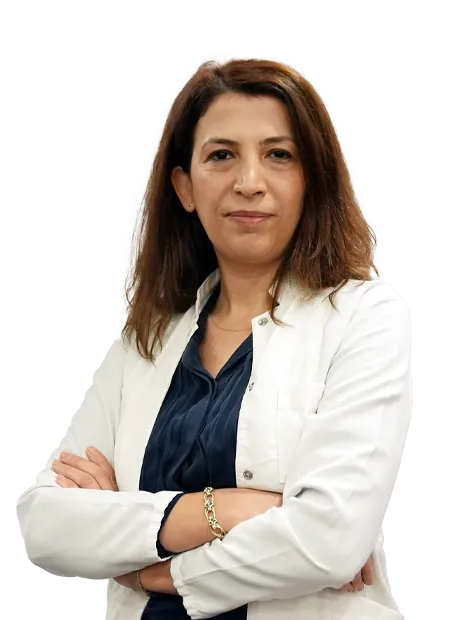
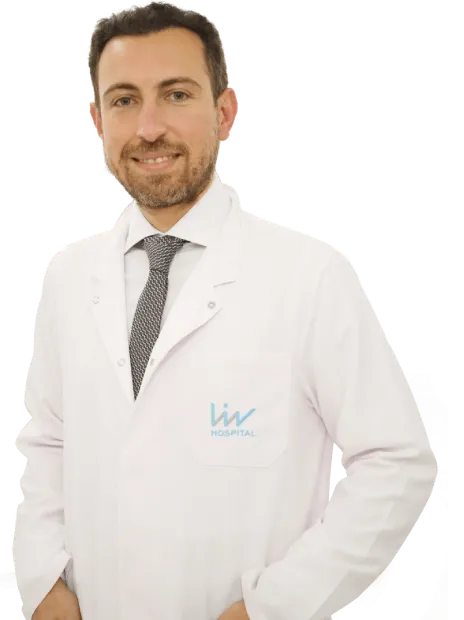
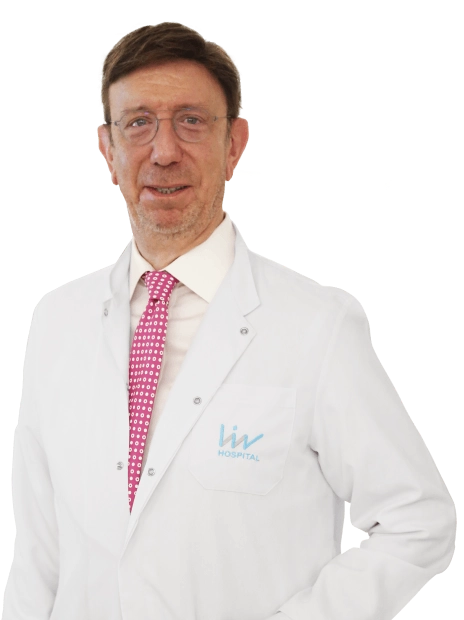
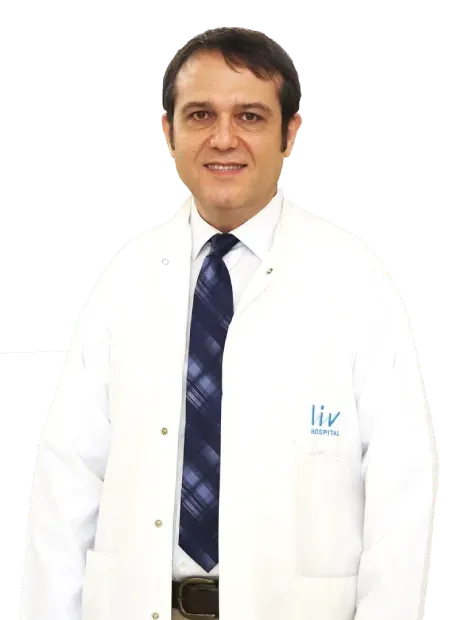


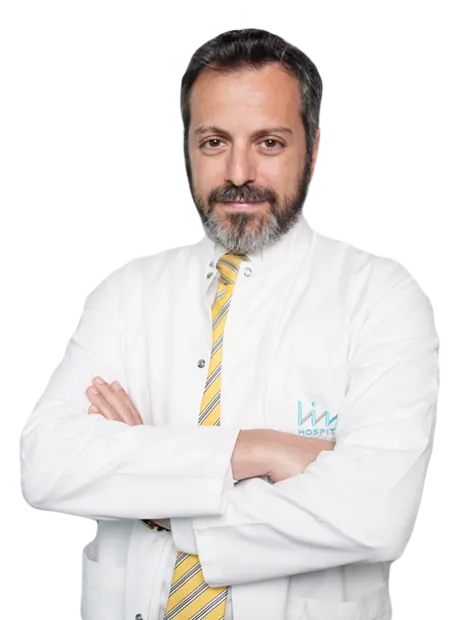


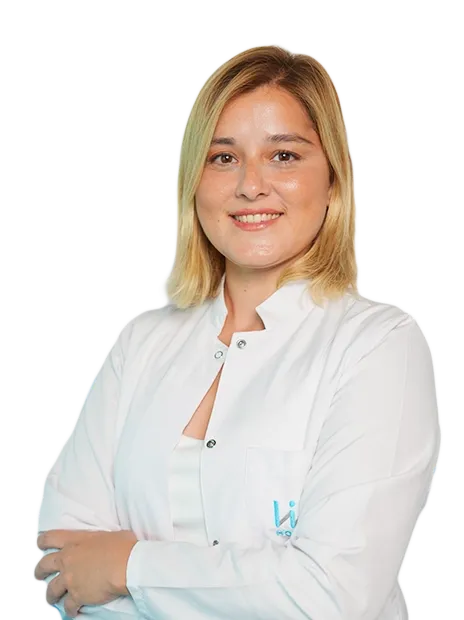
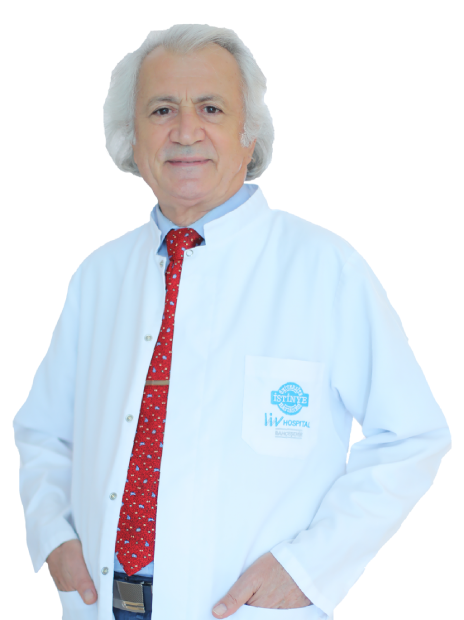

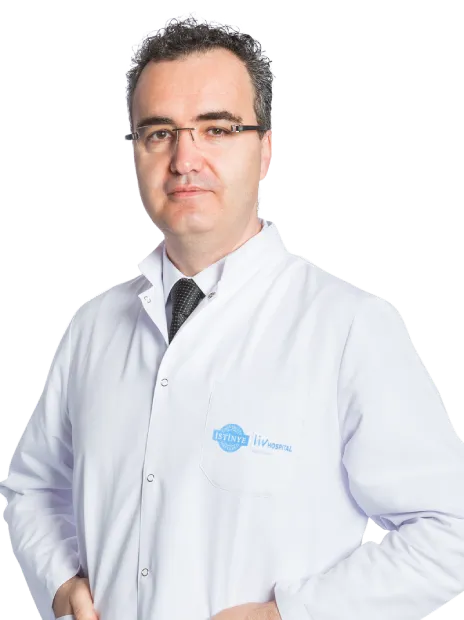
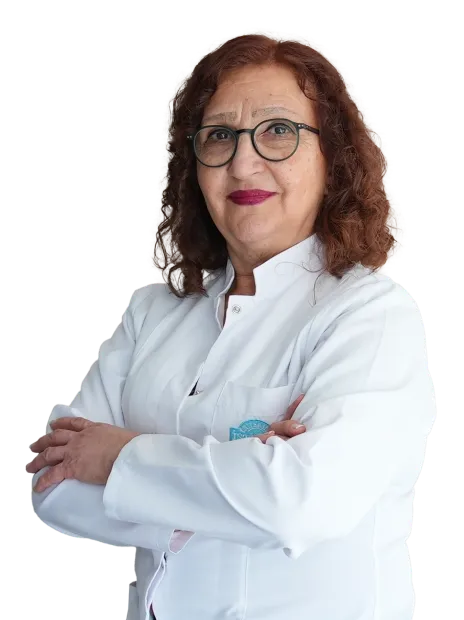
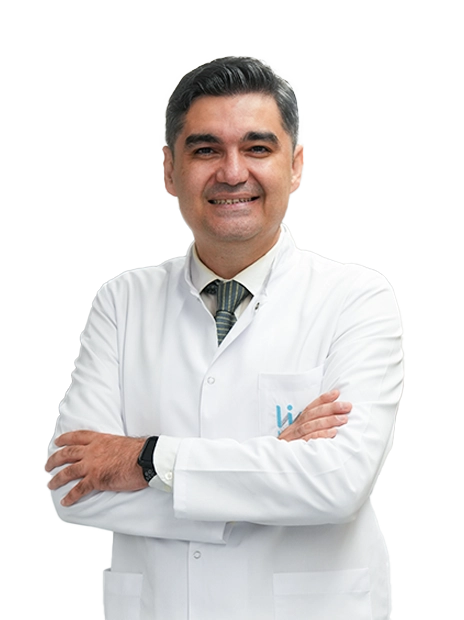

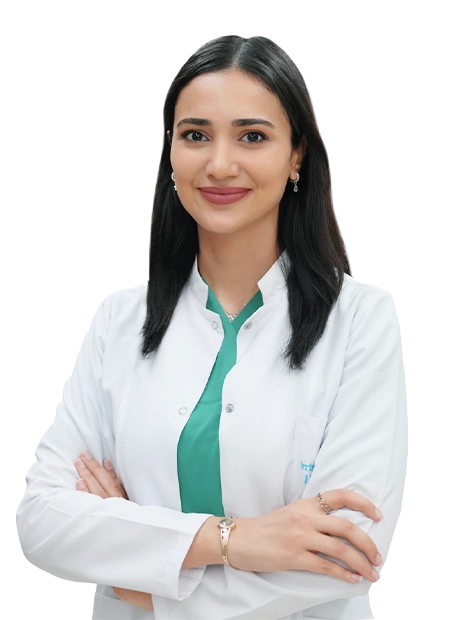
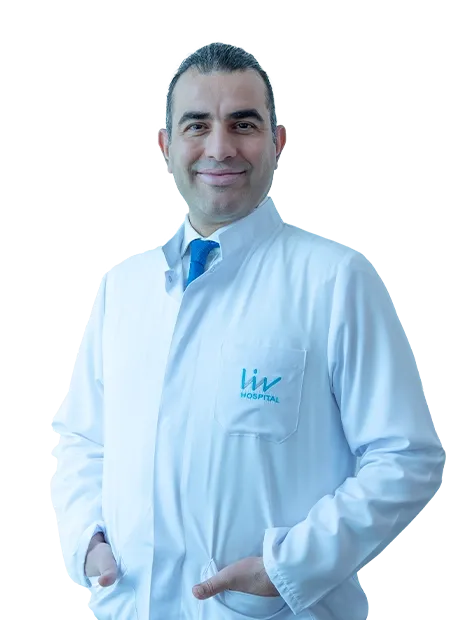
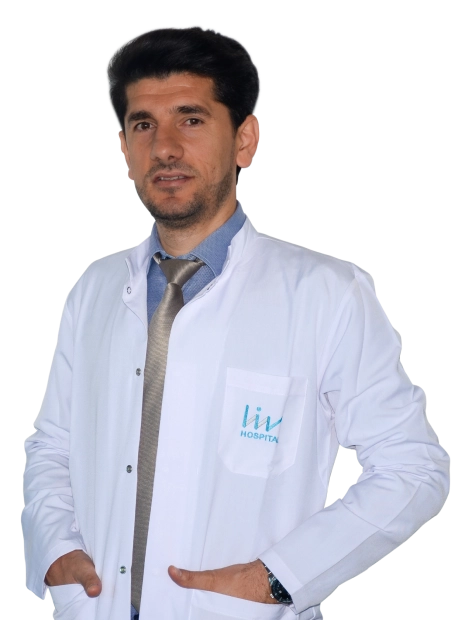
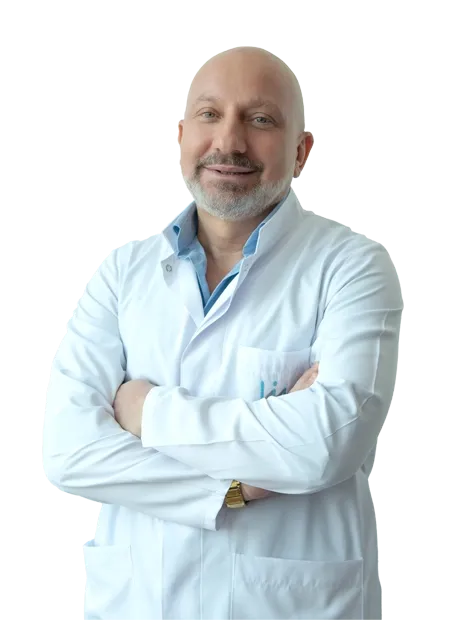
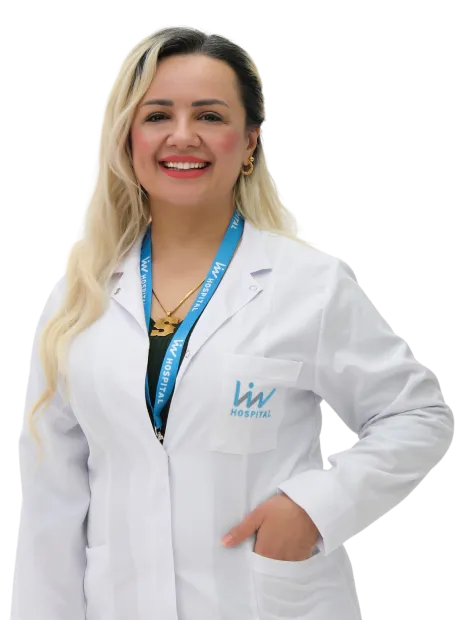
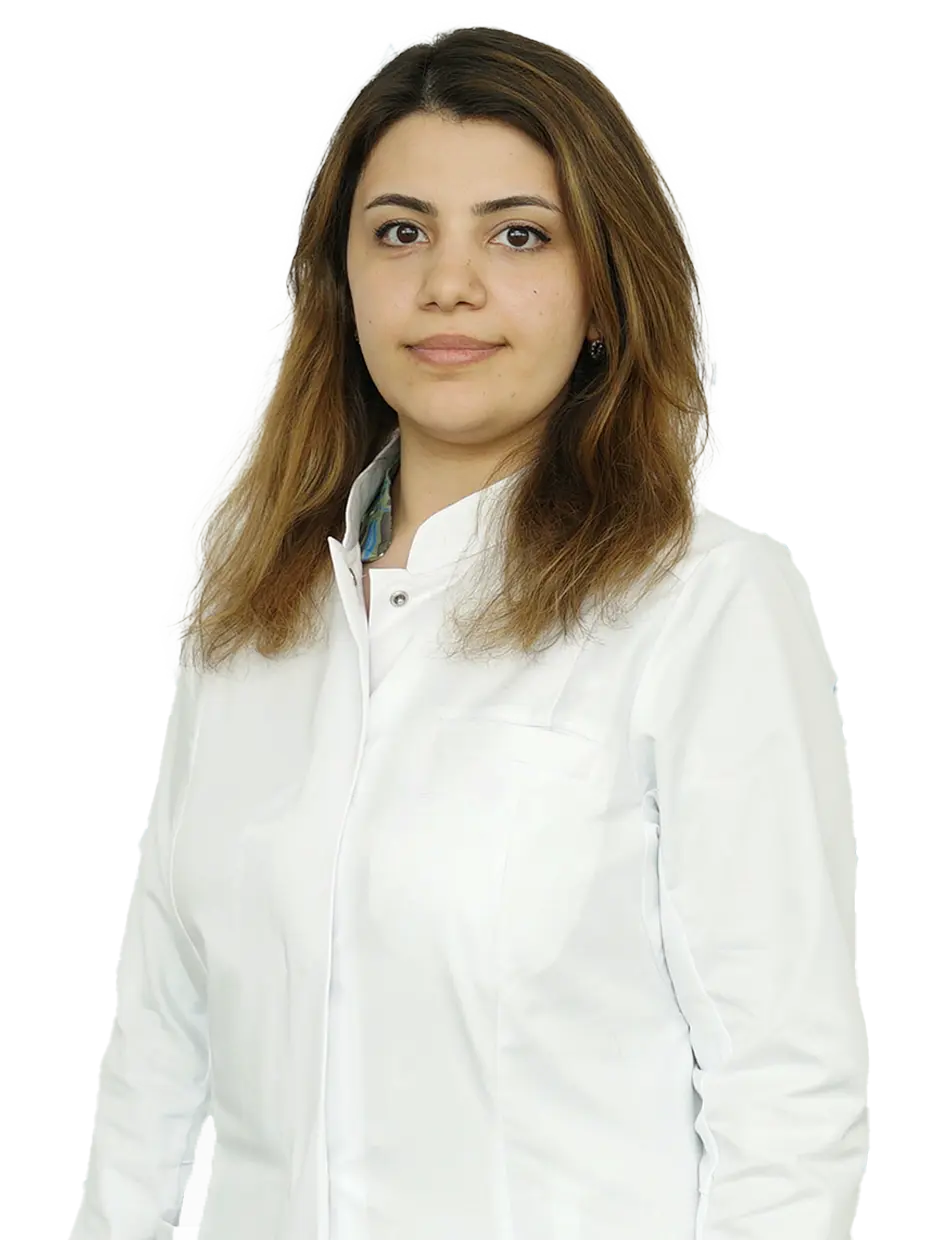








.png)



